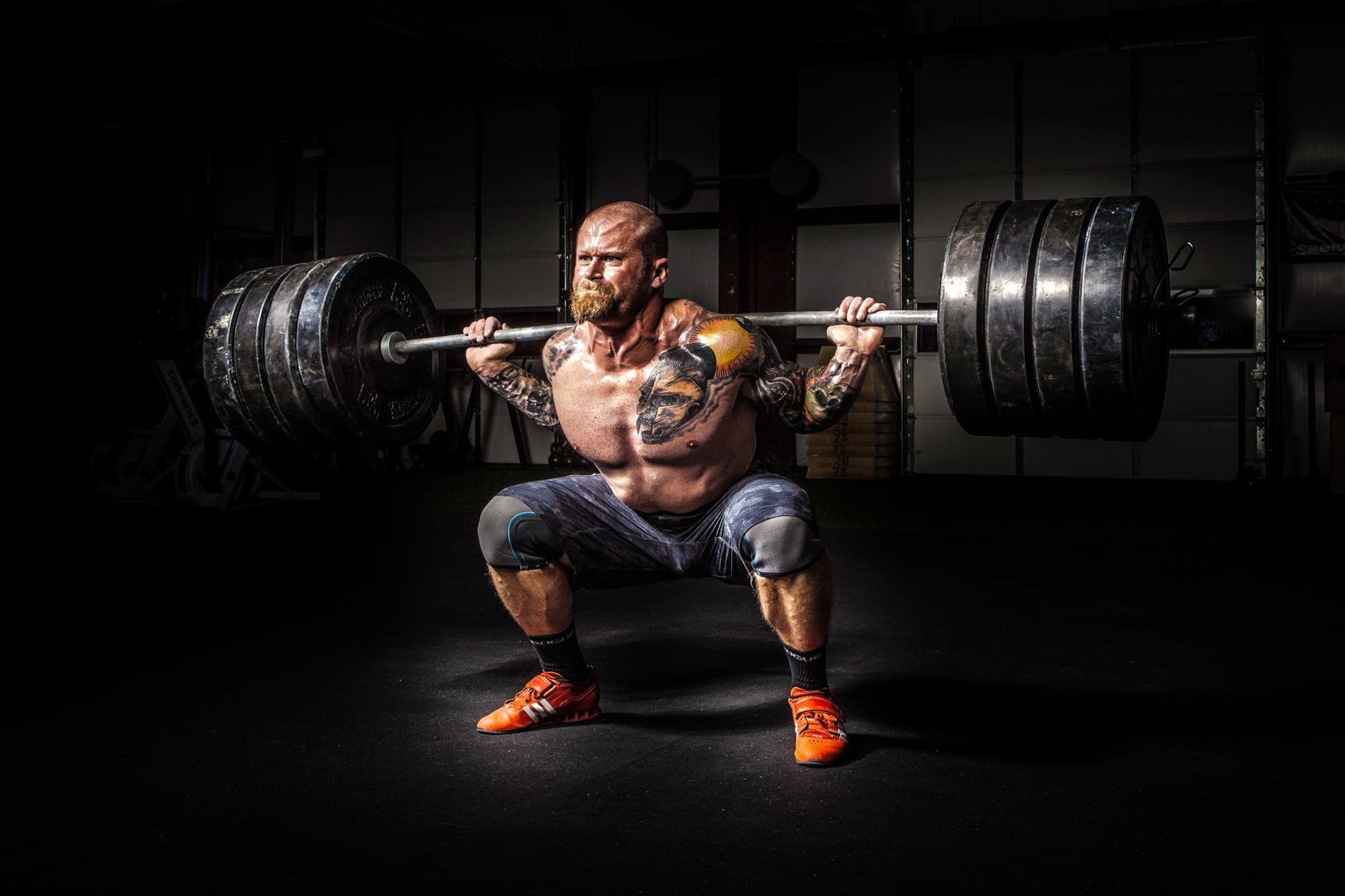Squats can be listed as one of the most important and best exercises, without a doubt. It works on the glute muscles, which is one of the large muscles in our body. These muscles are responsible for many daily functions. Like stabilizing the back and pelvis, keeping the posture right, walk, sit, etc. Stronger glutes mean you can do all these things better, jump higher, run fast, basically there would be more power in your legs.

So, squats are an exercise that you can do to develop, strengthen, and tone or shape your glute muscles. It will help you not just look good but maintain a healthy and powerful life. Many health and fitness trainers will also tell you to include squats into your workout routine even if you have strong legs and glutes. This is because they also work on the back and core muscles. If you have not been doing squats regularly, then it is time to start doing them because they are important.
Wearing your workout shirts and shorts going to the gym on leg day, don’t forget squats. But you have to make sure you are doing them right. Proper technique, right form, and slow reps will give you the best results. You can be doing squats with barbells or dumbbells or some other way. So, we have some tips for you, so your squats can be perfected.
Head and neck positioning
Keep your head and neck straight in the direction in which you were looking when standing straight. Many people look down or sideways or just round their necks. This can disturb the spine alignment and ruin the posture. If there is a mirror in front of you just keep your eyes locked with yourself as you go up and down. If not, then just keep looking in the forward direction.
Upper body alignment
Keeping the upper body where it should be is the most important aspect to perform the squat's right. By keeping the shoulders back, the chest is brought out a little, and the head straight will keep the back in its position. This will produce a natural slight arch in the lower back as you squat down. Of course, that is completely fine and nothing to worry about.
Remember not to shrug or tense your shoulders and shrink the chest in. Making sure of this will ensure the right posture hence the squats will be effective on the muscles it should be working on. Additionally, it will protect you from getting injured while performing the squat, especially if you're doing it with free weights.
Grip
Keeps the grip tight on weights, regardless of how you are doing the squats. It makes sure your back and shoulders are not lost and in position and the core is engaged. The strong grip also makes sure the weights don't slip away from your hands, causing injury to you or others. This way your core will also be stabilized while you squat. Depending on the weights you are using, the grip position will vary.
Lower body alignment
The feel should be shoulder-width apart, if you feel uncomfortable you can go a little wider. It's your choice to point the feet straight ahead or slightly outwards. Just maintain the upper body posture and drive the hips a little outwards as you squat down. The lower back will lightly arch, so don't worry about that, try to keep it straight if you can but don't arch it too much. As you squat down, the knees will bend forward and your back will be at an angle instead of remaining perpendicular to the floor.
Using foot heel
If you would use the toes and balls of the feet to thrust upwards, chances are you will fall or disrupt the form. Doing that will push the weight towards the front, which can cause injury either by falling or bad form. Thus keep the weight in the heels and center of the feel and push yourself back up slowly. This will engage your glutes, hamstrings, calves, spine, and knees. So, it will be hard to get back up, but that is the beauty of it.
Breathing technique
Proper breathing is the heart of any exercise. So similarly you have to keep breathing properly while doing squats. Not breathing the right way can cause dizziness and nausea or other similar experience. It can put you out of form and even cause injury. Here is how to do it properly.
Take a deep breath before lowering the body. Hold your breath while going down. Then breathe out when getting back up. Make sure to keep the breathing pattern consistent. This seems pretty simple, right. You can take a few extra breaths as you get back up if required. But don't keep standing too long in between reps.
Doing squats properly
Many people do half squats just to do more reps. Remember that proper form and slow reps is the goal not more reps. Firstly, everyone should do full squats, i.e. going all the way down. But this differs depending on the person. For instance, if you are flexible and can do all the way down beyond the point where the hamstrings are no more parallel to the ground, that is a full squat. Conversely, if you can only go so deep that hamstrings are parallel to the ground, that is your full squat.
Hence, the right way is to listen and note what your body says. If you cannot do more than parallel thighs to ground, don't stress over it. Just try to go down as much as you can every time and slowly you will gain flexibility. Again, remember to make sure you are maintaining proper form throughout the movement. Check out squat variations and its benefits here.
Now that you know how to do it right you can perform perfect squats. Don't stick to just one variation, try others, too it is fun and keeps the motivation level high. Don't miss the squats on their leg day.






